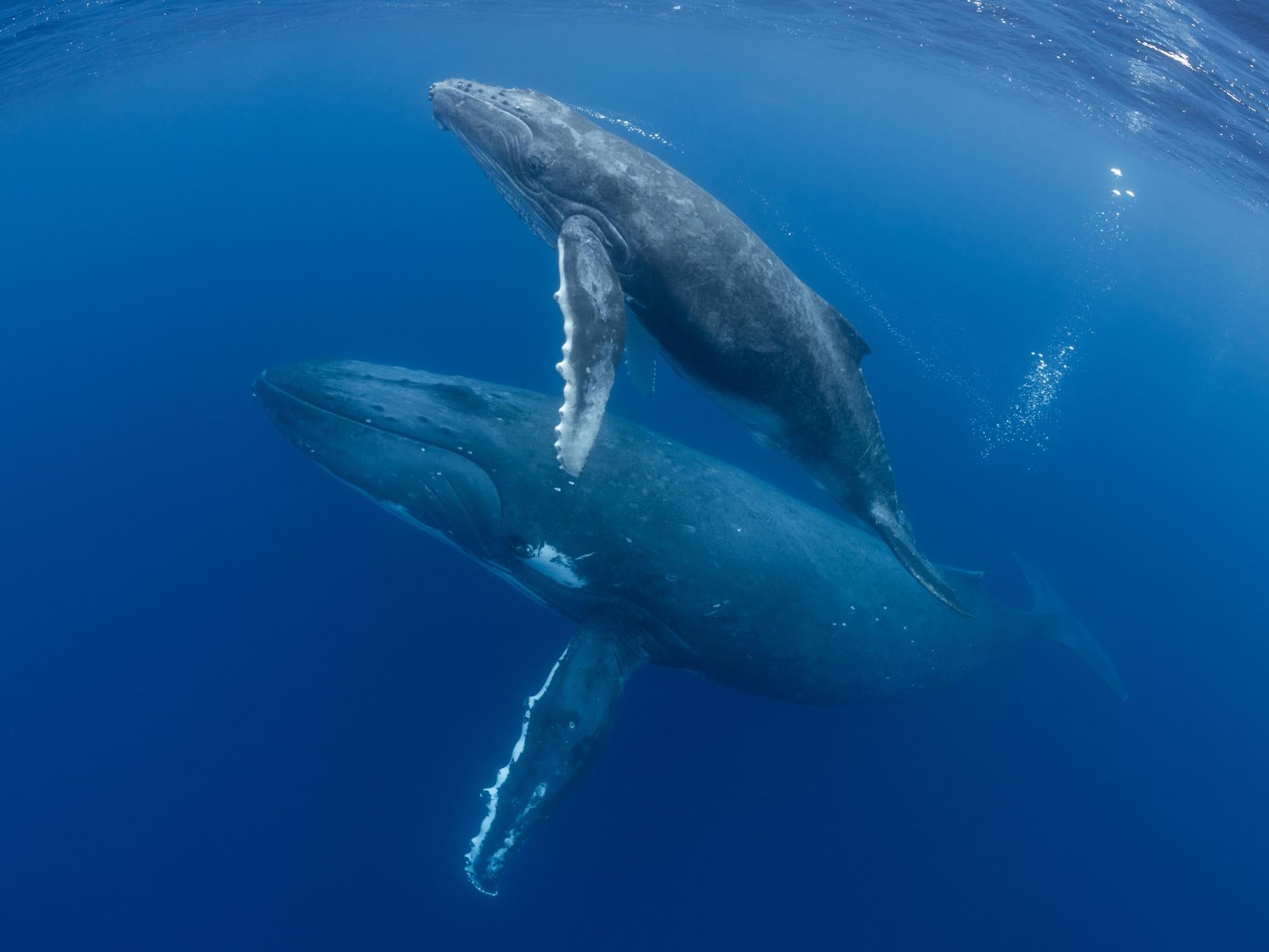Scientists urge UN to create protected zone across third of planet’s oceans
'The speed at which the high seas have been depleted of some of their most spectacular and iconic wildlife has taken the world by surprise'

Your support helps us to tell the story
From reproductive rights to climate change to Big Tech, The Independent is on the ground when the story is developing. Whether it's investigating the financials of Elon Musk's pro-Trump PAC or producing our latest documentary, 'The A Word', which shines a light on the American women fighting for reproductive rights, we know how important it is to parse out the facts from the messaging.
At such a critical moment in US history, we need reporters on the ground. Your donation allows us to keep sending journalists to speak to both sides of the story.
The Independent is trusted by Americans across the entire political spectrum. And unlike many other quality news outlets, we choose not to lock Americans out of our reporting and analysis with paywalls. We believe quality journalism should be available to everyone, paid for by those who can afford it.
Your support makes all the difference.Scientists have laid out a strategy to protect nearly a third of the world’s oceans by creating a massive network of sanctuaries.
Released ahead of a major vote on the issue at the United Nations (UN), the study describes a blueprint for a strategy many now see as crucial to preserve wildlife and tackle climate change.
The high seas, areas of ocean outside national waters, cover more than two-fifths of the Earth’s surface and are home to an array of life which rivals that found in coastal areas or on land.
Biological processes by ocean creatures which see carbon captured at the surface of the sea and stored deep below also play an important role in reducing carbon dioxide in the atmosphere.
But the report warns the global oceans are at risk from fishing, deep seabed mining, plastics and other pollutants, as well as warmer and more acidic seas caused by carbon emissions.
UN negotiations towards a new global ocean treaty could pave the way towards protecting vast swathes of seas outside national borders totalling 230 million sq km, the study said.
The work was carried out by academics at York and Oxford universities in collaboration with Greenpeace.
“The speed at which the high seas have been depleted of some of their most spectacular and iconic wildlife has taken the world by surprise,” said Professor Callum Roberts, marine conservation biologist at the University of York.
“Extraordinary losses of seabirds, turtles, sharks and marine mammals reveal a broken governance system that governments at the UN must urgently fix.
“This report shows how protected areas could be rolled out across international waters to create a net of protection that will help save species from extinction and help them survive in our fast-changing world.”
The study breaks down the global oceans into 100 sq km units and maps the distribution of wildlife and habitats such as sharks, whales, underwater mountains and hydrothermal vents which support unique nature.
It modelled the best way to fully protect 30 or 50 per cent of the global oceans to ensure hundreds of important conservation features are protected in the most efficient way while minimising impacts on human activity such as fishing.
The most efficient design included existing high seas marine protected areas in the Southern Ocean and North Atlantic and vulnerable areas closed to fishing by regional fisheries management organisations.
The designs only displaced around 20 or 30 per cent of existing fishing activity, showing that networks which cover the full range of wildlife and habitats can be created with limited economic impact, the report said.
Louisa Casson, Greenpeace UK campaigner, said: “Over the next 18 months, governments around the world have a unique opportunity to establish a global framework for protecting the oceans.
“By working together they can facilitate the protection of 30 per cent of the world’s oceans by 2030, via a network of fully protected ocean sanctuaries.
“UK ministers like Michael Gove and Jeremy Hunt need to take the lead and personally engage with their counterparts to encourage international collaboration and high ambition to protect the oceans for future generations.”
The report has been welcomed by environment secretary Michael Gove, who said: “From climate change to overfishing, the world’s oceans are facing an unprecedented set of challenges.
“It is now more important than ever to take action and ensure our seas are healthy, abundant and resilient.”
The minister said the UK is already on course to protect over half of its waters, and urged nations to work together on a UN High Seas Treaty that protects at least 30 per cent of the oceans by 2030.
Governments have already agreed to set aside 10 per cent of the oceans and 17 per cent of land as of the 2010 Nagoya Conference of the Convention on Biological Diversity.
There are concerns, however, that many of these protections have been insufficient.
Additional reporting by PA.
Join our commenting forum
Join thought-provoking conversations, follow other Independent readers and see their replies
0Comments